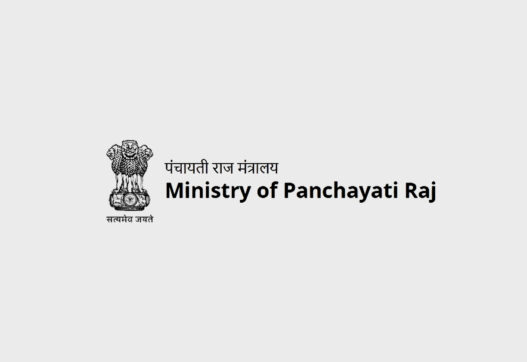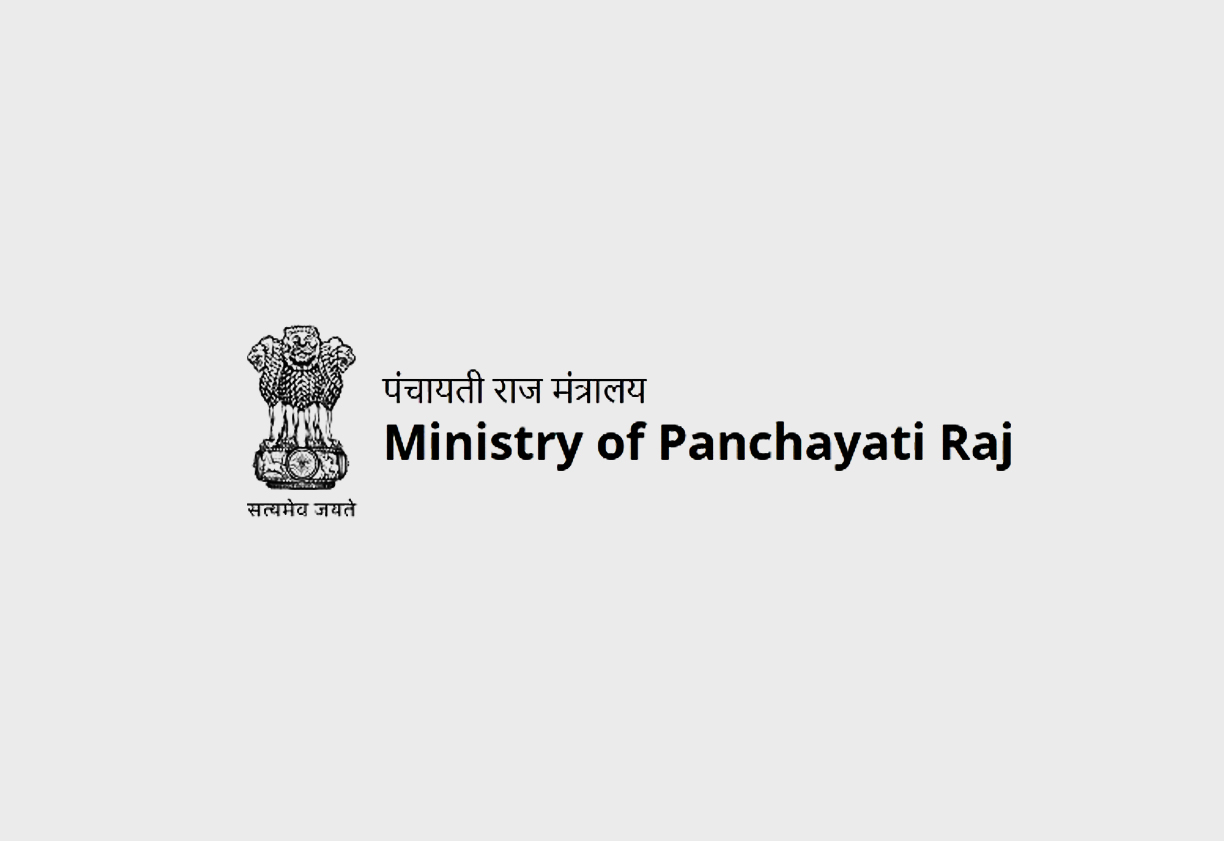Ministry of Panchayati Raj
The Manipur Panchayati Raj Act, 1994, was enacted to provide for the constitution and organization of Panchayats as units of local self-government in the rural areas of Manipur. This act aims to establish a two-tier Panchayati Raj system with elected bodies at the Gram (village) and District levels. While the Act does not specify a particular ministry, it falls under the purview of the Department of Rural Development and Panchayati Raj in the Government of Manipur.
Enactment Date, Number of Chapters, Number of Sections:
The Manipur Panchayati Raj Act, 1994, was enacted on April 23, 1994. The Act is structured into 5 chapters and 109 sections. These sections cover various aspects of the Panchayati Raj system, including the constitution of Gram Sabhas, Gram Panchayats, Zilla Parishads, their powers, functions, financial matters, and other related provisions.
Act Governed By:
The Act is primarily governed by the provisions outlined within its sections. It establishes the framework for the functioning of Gram Sabhas, Gram Panchayats, and Zilla Parishads. It also outlines the powers, functions, and duties of these bodies, as well as the procedures for elections, meetings, and financial management.
On Whom It Is Applicable:
The Manipur Panchayati Raj Act, 1994, is applicable to the rural areas of Manipur, excluding areas under the Manipur (Hill Areas) District Council Act, 1971, the Manipur (Village Authorities in Hill Areas) Act, 1956, municipalities, and cantonments. It applies to all individuals residing in the rural areas of Manipur, and to all elected members and officials of the Gram Sabhas, Gram Panchayats, and Zilla Parishads.
Penalties/Punishments:
The Act specifies penalties for various violations and non-compliance. These include:
-
Disqualification from membership for specified reasons.
-
Removal of members for misconduct or neglect of duties.
-
Penalties for unauthorized occupation of Panchayat property.
-
Penalties for failure to comply with the orders of the Panchayat.
The Act also provides for the recovery of dues and the enforcement of decisions through legal means.
Important Pointers:
-
The Act establishes a two-tier Panchayati Raj system with Gram Panchayats at the village level and Zilla Parishads at the district level.
-
Gram Sabhas are constituted as bodies of all registered voters in a village.
-
The Act outlines the composition, powers, and functions of Gram Panchayats and Zilla Parishads.
-
It provides for the reservation of seats for Scheduled Castes, Scheduled Tribes, and women.
-
The Act specifies the procedures for elections, meetings, and decision-making.
-
It outlines the financial powers and responsibilities of the Panchayats, including taxation and budgeting.
-
The Act emphasizes the importance of community participation and transparency in governance.
-
It provides for the resolution of disputes through Election Tribunals.
-
The Act empowers the State Government to oversee and guide the functioning of Panchayats.
-
The Act ensures the implementation of development schemes and welfare programs at the grassroots level.




